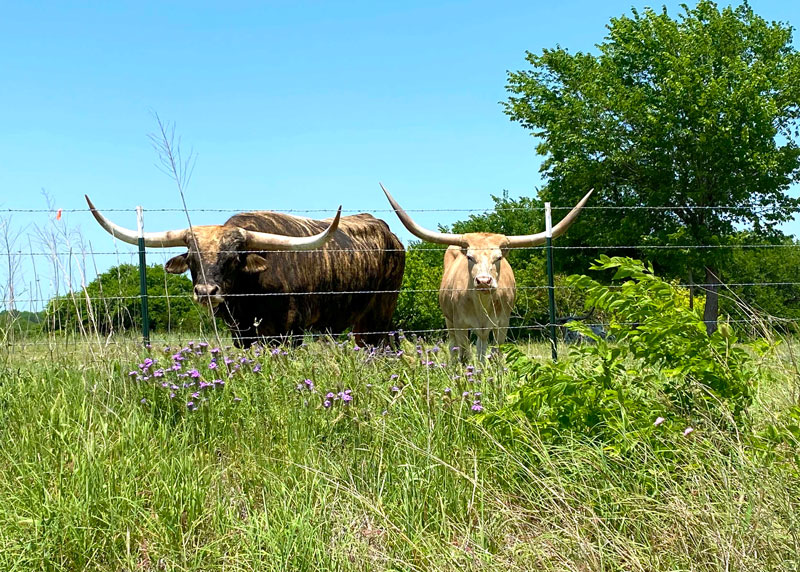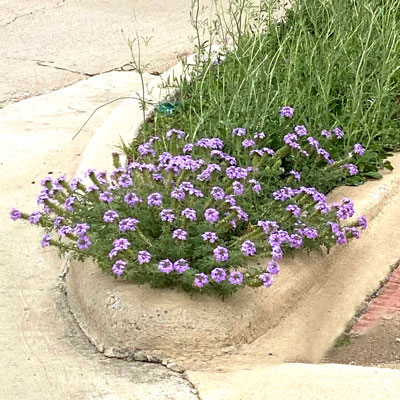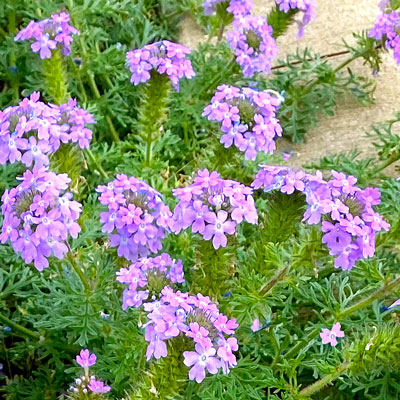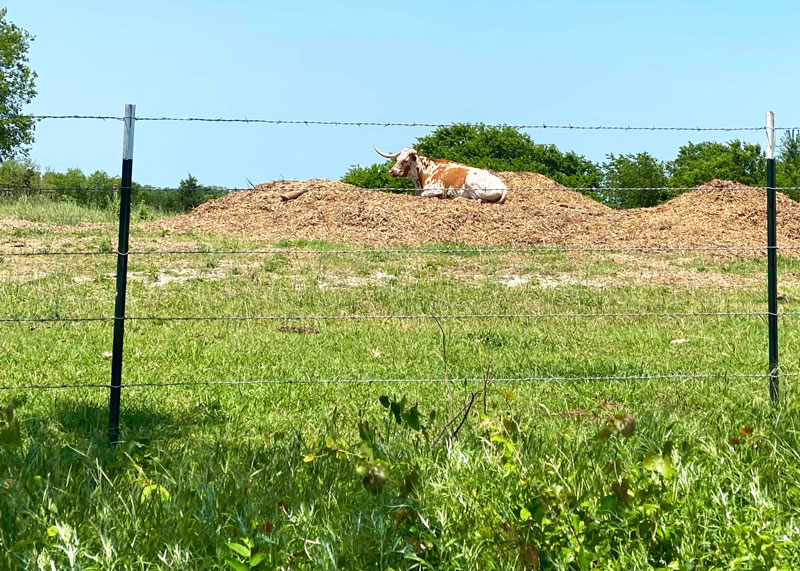Prairie verbena (Glandularia bipinnatifida)

We all have our fave flavors and flowers, and this one is near the top of my list. You’ll see this lovely little wildflower thriving and blooming from East Texas as far west as Texas stretches. If there’s a little patch of soil, one seed and some moisture, you’ll see it blooming. We need more plants like that: plants that are willing to give it their all just to have a chance to prove their best in our wildscapes.

What you need to know…
• Common names: Prairie verbena, Dakota vervain and others.
• Scientific name: Glandularia bipinnatifida
• Family: Verbena (Verbenaceae)
• Annual or Perennial: Short-lived perennial.
• Bloom time: March through October, but heaviest in spring.
• Native range: Great Plains, all across Texas and into Mexico.

• Height: to 1 ft. tall and 16-18 in. wide.
• Sun/Shade: Sun or part sun.
• Soil requirements: Not particular. Grows well in acidic and alkaline soils, sands or clays.
• Water requirements: Tolerates drought but grows best in moist soils.
• Special features: deer-resistant and bee- and butterfly-friendly.
• Seed sources: Native plant seed suppliers online.

